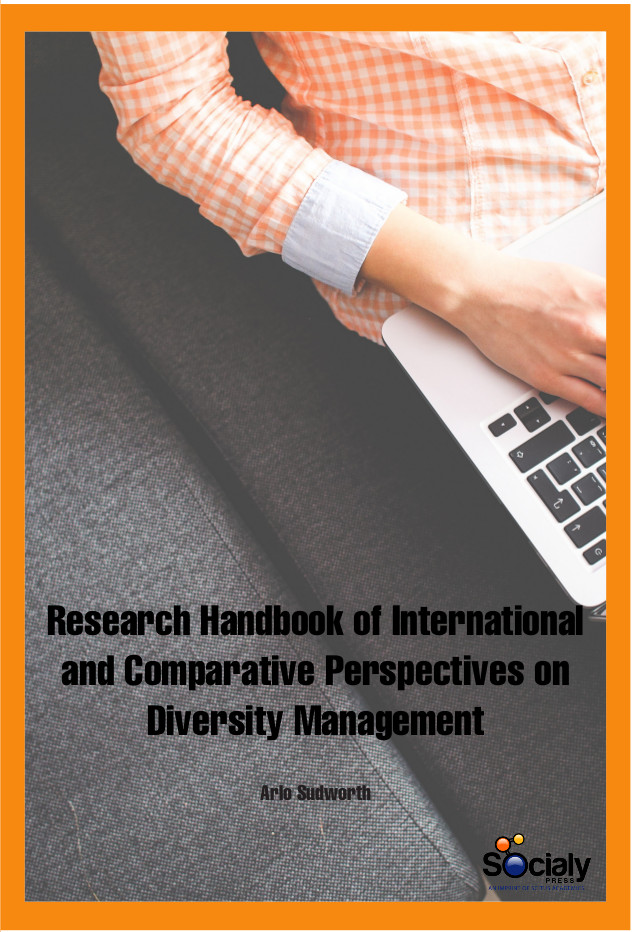People are different in not only gender, culture, race, social and psychological characteristics but also in their perspectives and prejudices. Society had discriminated on these aspects for centuries. Diversity makes the work force heterogeneous. In current scenario, employing diversified workforce is a necessity for every organization but to manage such diversified workforce is also a big challenge for management. This paper critically analyses the workforce diversity and its impact on productivity of an organization. Scholars have produced much literature in the field of DM. Affirmative action occurs when an organization attempts to ensure there is no discrimination in education and that equal opportunity exists. Human resource management (HRM) involves planning, integration, and actions to achieve effective management of all employees. In addition, diversity management (DM) includes planning and executing practices of human resource management to maximize the potential advantages of diversity and minimize its disadvantages. In this approach, diversity can be included in the set of human management practices, guaranteeing an alignment between the strategies of human resources and diversity management goals. Discrimination occurs when individuals, institutions, or governments treat people differently because of personal characteristics such as race, gender, or sexual orientation instead of their ability to perform their jobs, including when such actions have a negative impact on access to jobs, promotions, and compensation. However, DM is a strategic approach to human resource management, and is supported by some programs, activities and tools, directed towards integration and development of diversity, both physical and job-related, exhibited by members of an organization. In this focus, the concept of DM practices is characterized as the set of formalized practices developed and implemented by organizations. In the text, diversity related human resource management statements and diversity management statements are taken into account and interpreted.
Research Handbook of International and Comparative Perspectives on Diversity Management examines how the various actors react, adopt and manage the different dimensions of diversity, from a multitude of approaches, from national to sectoral and from tribes to trade unions, but always with a comparative, multi-country perspective. It covers age, gender, ethnicity, disability, sexual orientation, national origin and the intersection of various dimensions of diversity.
The book will be of particular interest to both scholars and postgraduate students in addition to public policy-makers, industry practitioners, top leadership, middle managers and HR managers.













